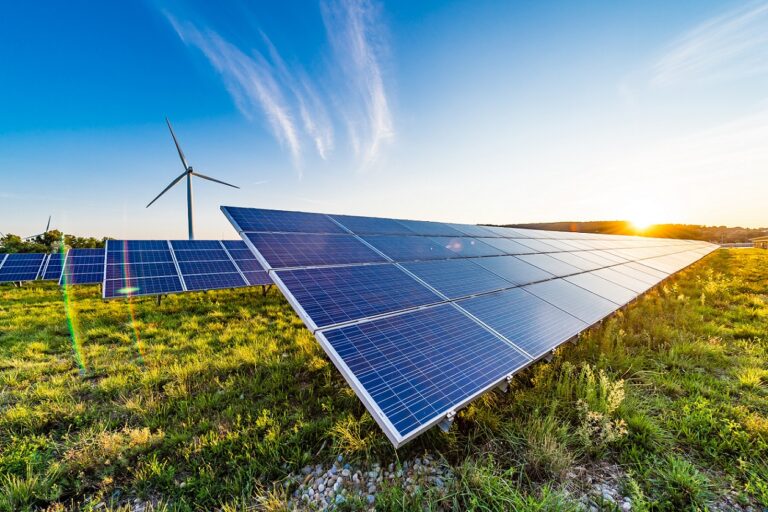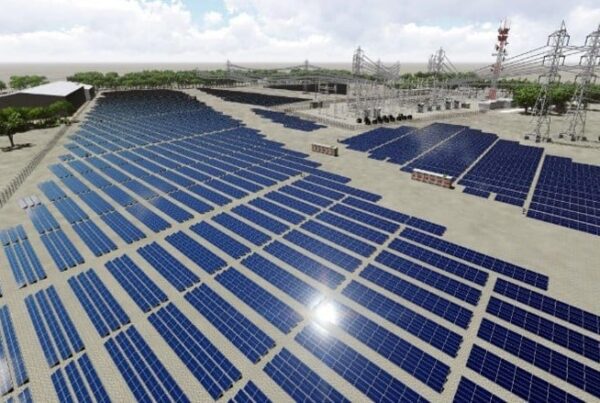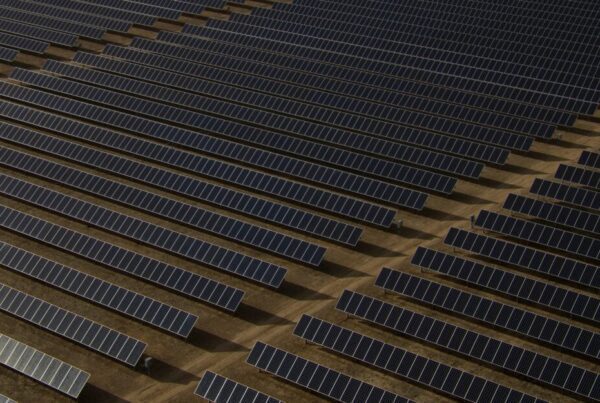
The US remained the largest market for PPAs with 17.3GW of deals announced, down 16% from the record 20.6GW announced in 2022. The report said the economics for signing PPAs were far weaker in the US as developers were locked into expensive equipment contracts signed in prior years during supply chain bottlenecks, in addition to high interest rates.
Therefore, US PPA prices increased by 4% in the first half of 2023. But power prices did not increase at the same rates, resulting in buyers holding off on signing deals.
However, EMEA’s PPA volumes increased significantly, up from 8.8GW in 2022 to 15.4GW in 2023, representing a 75% increase and accounting for about 33% of the global total. The report attributed the growth to the eased supply chain which led to the drop of the PPA prices, often faster than power prices.
Spain, Germany, the UK and the Netherlands made up over half of the deals announced in the region in 2023.
Meanwhile, APAC’s volumes also increased from 7.7GW in 2022 to 9.7GW in 2023, accounting for 21.1% of the global corporate PPA volumes and representing a 26% increase.
“It has never been easier to buy clean energy as a corporation. For the first time, a variety of contracting structures are now widely available around the world to help companies decarbonise their energy consumption. These contracts are now the centrepiece in many companies’ sustainability strategies, rather than a nice-to-have,” said Kyle Harrison, head of sustainability research at BNEF.
BNEF added that corporations have announced solar and wind PPAs with a combined capacity of 198GW since 2008. The PPA market has also grown by 33% on average since 2015, marking the seventh year that the corporate PPA market has reached a new record.
Largest buyers in 2023
The report also studied the largest buyers of PPAs last year. Amazon was the largest PPA corporate buyer in 2023 as it announced 8.8GW of PPAs across 16 countries, of which 5.63GW was solar. Amazon’s clean energy portfolio totalled 33.6GW, according to BNEF.
Amazon was followed by Meta (3.05GW of solar), LyondellBasell (1.33GW of solar and wind) and Google (996MW of solar and wind).
Additionally, BNEF estimated that companies with 100% clean energy targets as part of the RE100 initiative – a global corporate renewable energy initiative consisting of hundreds of large businesses committed to 100% renewable electricity – will need an additional 105GW of solar and wind by 2030.
Lastly, a total of 150 renewables developers signed PPA deals with corporations. French utility provider Engie sold the most capacity (2.4GW) last year, followed by energy giant AES (1.9GW), Indian integrated energy company Tata Power (1.2GW), solar developer Lightsource BP (1GW) and Dutch utility Eneco (0.9GW).






